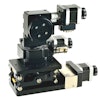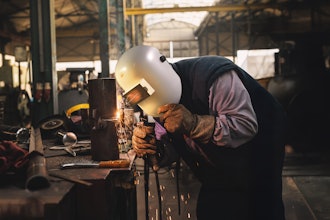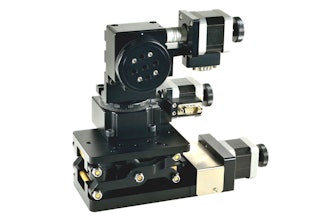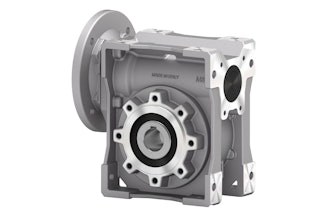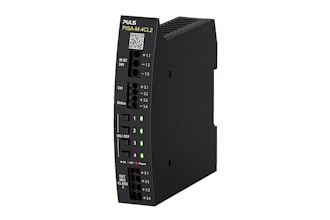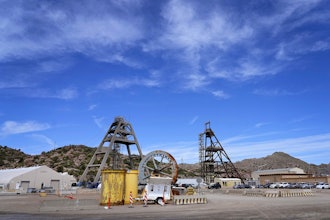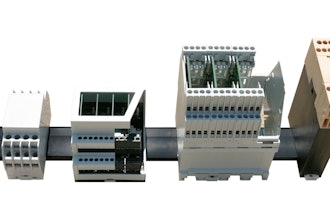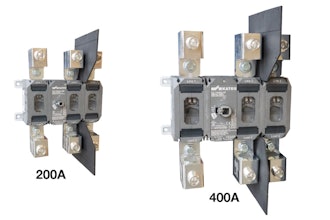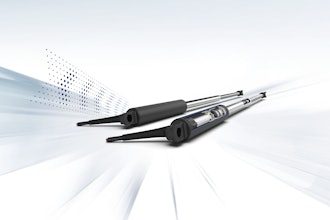
There’s a tremendous amount of technology available to optimize manufacturing and distribution. From automation that accelerates tasks for lowering costs to analytics that can dive into IIoT data to find opportunities for process improvement, there’s a lot to choose from. You may have already implemented some, if not all of these.
Integrating video into your existing tech stack can take these investments to an entirely new level, providing visual evidence or support to supplement your smart technology deployments. And implementing a video component can be as simple as investing a couple hundred dollars in an off-the-shelf GoPro camera, which could pay big dividends in efficiency, time and cost savings.
Adding visual integration can be an invaluable tool for adding clarity around the “why” and “how” for three key components.
1. Enhancing IIoT data. So, you’ve installed sensors on all of your equipment to detect and alert you to anomalies — a jam on the machine, for example, or a scrap or non-compliant part. But IIoT data can’t tell you what happened just before that jam or out-of-spec occurrence. You still have to manually troubleshoot and diagnose the problem, which could take hours or days, especially if it’s an intermittent issue.
By integrating video with your IIoT data, you can get to the root cause quicker. When IIoT and video are synchronized, you can jump to the most relevant footage—when the event took place — to see what happened just prior and get more clarity into what’s causing the issue. Now you can identify and solve the problem quicker to enhance productivity and performance. Taking that a step further, with AI integration, the system could even make its own automatic adjustments in the event of an issue or exception to correct the problem autonomously.
 iStock
iStock
You can even use video to monitor operator performance to see if there’s a human cause—did they misload a part into a machine, thus jamming the conveyor? By applying AI techniques to analyze movements, the software can even automatically identify if the procedure wasn’t performed correctly and send an alert to head off a problem before it even has a chance to occur.
3. Accelerating training and onboarding. As an added bonus, capturing video of task performance allows organizations to leverage that footage to create a standard of work, documenting the exact procedure as it should be optimally performed. This creates a valuable training tool, allowing new employees or those learning a new skill to see a visual demonstration of how to perform each task. This digital work instruction can be accessed and viewed at any time and doesn’t require manpower of a human trainer to demonstrate the work.
Again, integrating AI into video-based training can also help to move or prompt trainees in the next step in the process. The system would monitor the employees’ performance and automatically display the next step on video monitors either as the previous step is completed or if they appear to hesitate, unsure of what to do next.
Integrating video into your workflow can provide numerous benefits that range from improving process efficiency to even identifying ergonomic issues to help reduce workplace injuries. As a relatively inexpensive supplement to existing IIoT and analytics deployments, video provides an added layer of data that enhance the ROI of those investments to provide greater insight into the “why” and “how” behind operational data.
Wes Turner is a senior management consultant with Dploy Solutions and TBM Consulting



